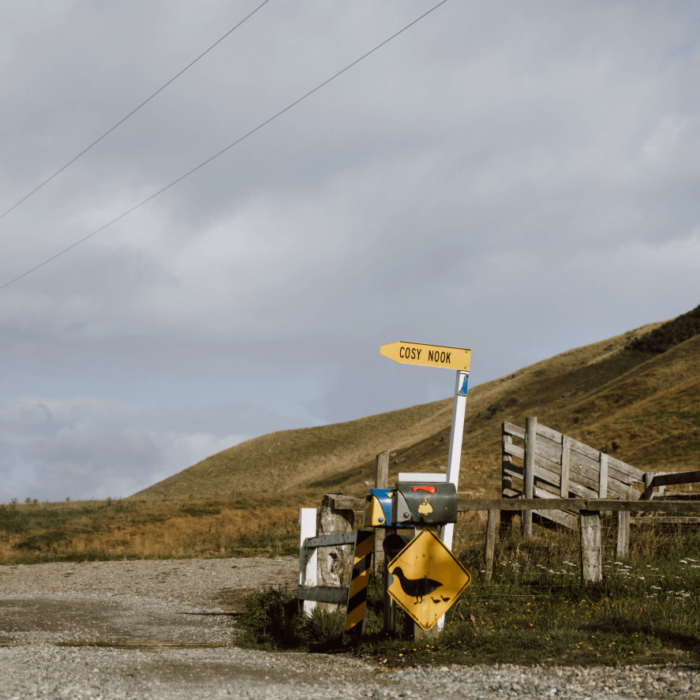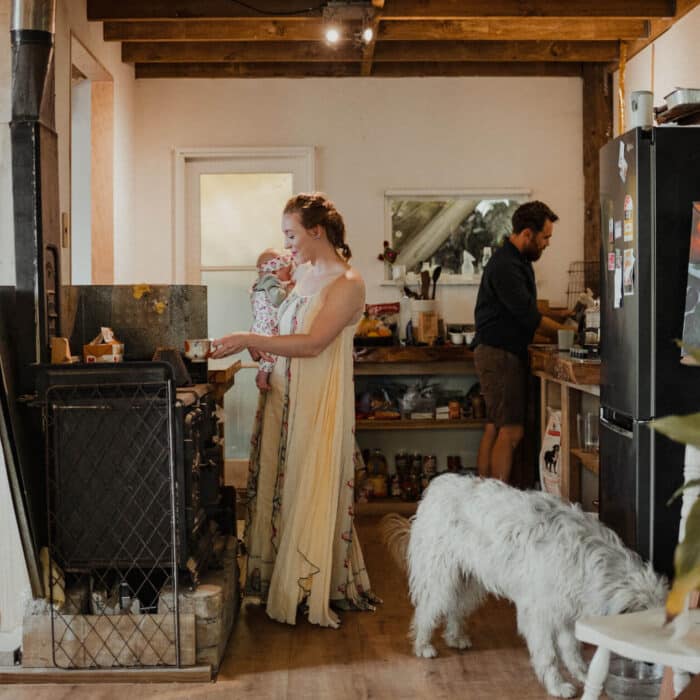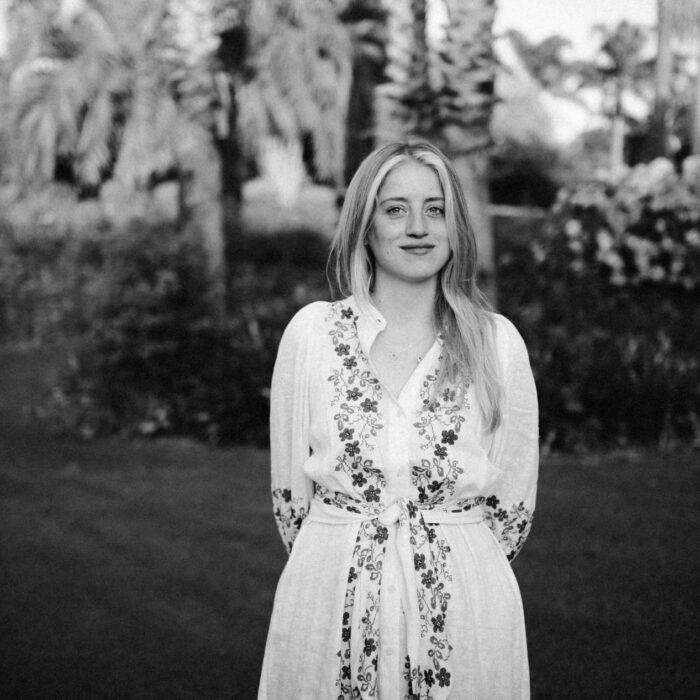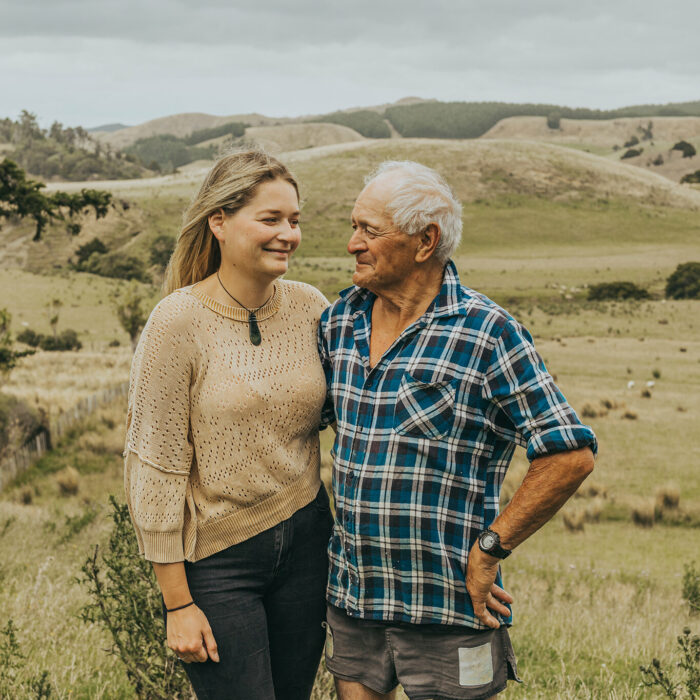02 October 2022
The Waiheke Island wāhine raising their Māori-Japanese girls to be confident, content and independent
WRITER: KELLY-ANA MOREY
PHOTOGRAPHER: FRANCINE BOER
Hine ‘Hina’ Hiroki, 43, and Elizabeth ‘Lil’ Hiroki, 44, are a takatāpui couple raising three daughters. Home for the whānau, which includes Hina’s mum who lives with them, has for the past four years been Waiheke Island.
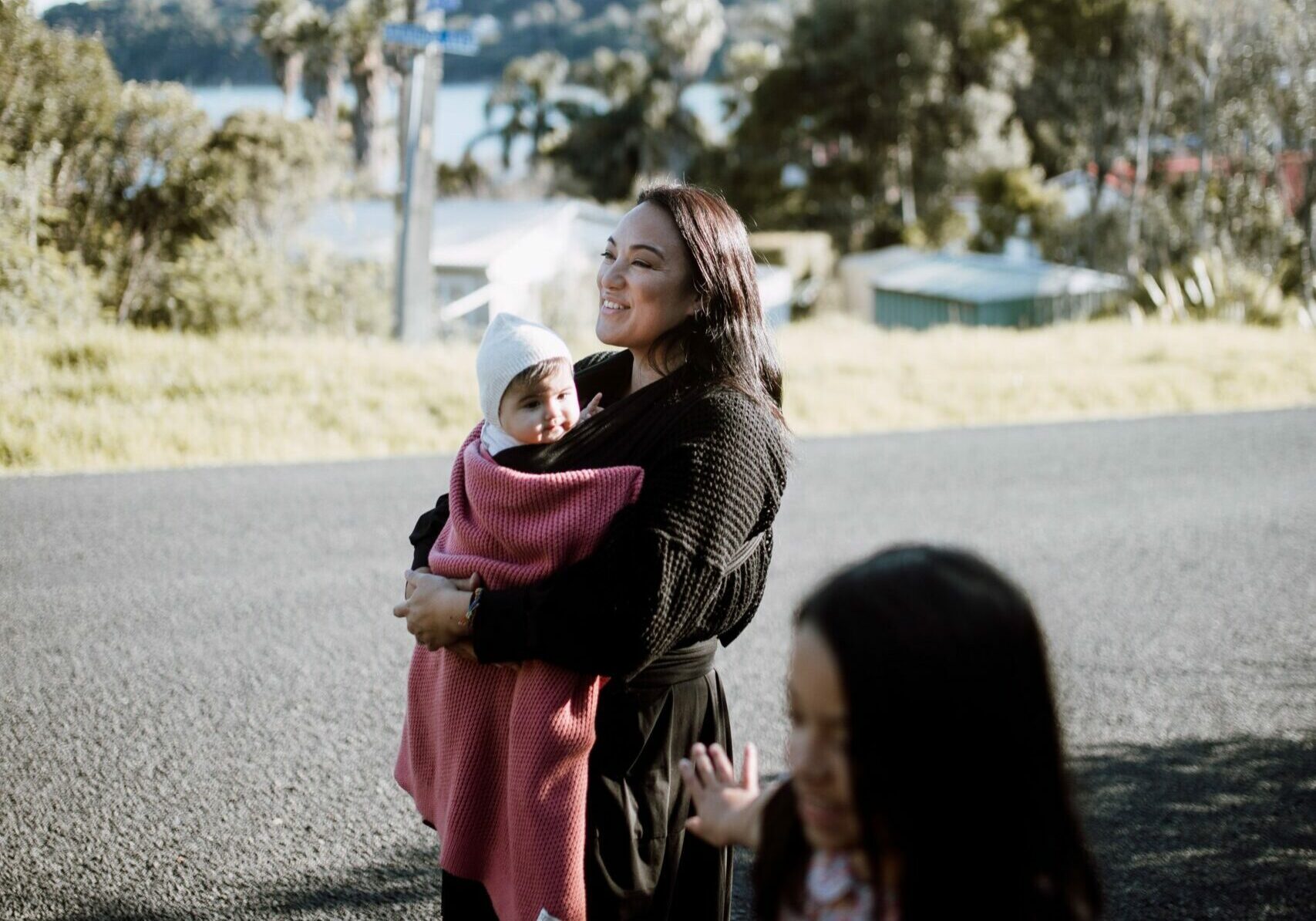
Elizabeth and Hina met twenty-six years ago in Pōneke Wellington when Hina came to look at a room for rent in a house where Elizabeth, who was doing a bachelor’s degree in criminology, was living. Hina moved in and she and Elizabeth forged an immediate connection. “We were friends first for quite a few years,” Elizabeth explains. “When I had Te Hinemoa with my partner at the time – when I was twenty – Hina was with me, because she was coming along with me to classes and lectures at the end of my pregnancy as a support and then when I had the baby she was there with a whole lot of other people in my family. The room was pretty packed. So, she’s always been there, really.” Hina and Elizabeth’s relationship evolved after Elizabeth’s partnership with Te Hinemoa’s father came to an end.
When it came to having their own tamariki, they waited. “I’ve always wanted to have a big family but when we came together we were really just focused on raising Te Hinemoa to the best of our abilities,” says Elizabeth. “So it wasn’t until Te Hinemoa was sixteen that we had our next child, Aya.” Te Hinemoa, who is now twenty-four, currently works as a private secretary (executive support) for Labour MP Kiritapu Allan and is, Elizabeth says, “a successful and content young person.”
Eight-year-old Aya, who Elizabeth carried, was conceived using Hina's brother as a donor. An exceptionally clever child who is achieving well above her age group academically, Aya didn't have the best of starts. Although the pregnancy and initial labour went well, Aya became stuck in the later stages of the birth and while, thanks to quick thinking, the midwife did get her out in time, it was a close-run thing. "When she was born she wasn't breathing, so they were all around the resuscitation table," Elizabeth says. "Time was ticking by and it was really quiet, like nobody was saying a thing, and then after a while someone was like, 'Oh, she's breathing.'"
"Hina was the carrier for Miwa, and our donor was our favourite male friend. We used the turkey-baster method, and it was a success. Nine-and-a-half months later, Miwa was born." She is now three. "And then we wanted to have one more, you know, just to have the full set," Elizabeth explains. With pēpi Chinami, Hina again was the carrier, though the conception wasn't quite as easy as Miwa's, and some fertility-clinic intervention was required. Chinami's donor is the son of their good friend, also a lesbian mother. "We just treasure our tamariki," Elizabeth says, "and ensure that they are loved and protected and nurtured by their mums, and their whānau, hapū and iwi. Ultimately, we just want them to grow up to be confident, content and independent women."
"We don't know any different in our whānau," Hina says in response to a question about the entirely wāhine whānau dynamic. "Our female energy is powerful and we both come from matriarchal lines where women are strong and vocal and the glue that makes up our whānau existence. It's natural for us. Because of our deep intuitive connection, we've always been on the same page and that includes parenting and the choices we make for our whānau."
It is a whānau that includes Hina's Japanese mum Saeko Parsons, who is called 'Bachan', a Japanese term for grandma, by the family. Saeko was born during World War II on Pagan Island where her father was the small community's school headmaster and her mother a teacher. The island, which is part of the Mariana Archipelago in the northwest Pacific Ocean, had an established Japanese population that exploded in the latter months of World War II when a Japanese army garrison of 2,150 soldiers arrived. The Allied advance completely cut off the supply chain from Japan to the island and several hundred people died of starvation. "Bachan has always brought a sense of stability to Hina and her siblings' lives, and she does this also in our whānau," Elizabeth says appreciatively. "We feel that we are really fortunate to have her and to have an intergenerational home. Hina [who also has Ngāi Tāmanuhiri, Ngāti Porou, Ngāti Kahungunu, Ngāi Te Whatuiāpiti and Ngāti Rongomaiwāhine whakapapa], grew up living with her ojiisan, her Japanese grandfather, and I had my nanny who lived with us - my mum's mum, my Māori nanny. So it's normal. These are just cultural values that are shared within our household."
Bachan and Hina speak Japanese to the children. "We incorporate te reo into their lives and we have whānau gatherings that are centred around kai and sharing. We celebrate festivals like Shōgatsu [Japanese New Year], Matariki, Children's Day [5 May] and Hinamatsuri - which is Girls' Day [3 March] - with rituals that might involve certain symbols, dolls, kites, decorations, activities like crafting and art, and eating special food, like mochi, with our whanāu. We value and incorporate Maramataka [the Māori lunar calendar] and Tenpō-reki, which is the Japanese custom of observing the seasonal changes as they are happening. There are," Hina concludes, "many cultural crossovers."

As well as important cultural education, their school-age daughter, Aya, is also being educated at home. "Our eight-year-old is a learner by nature and has always been thirsty for knowledge and taught herself to read at three. And she was in the Steiner kindergarten and went to the Steiner school here on Waiheke until the pandemic happened." Elizabeth laughs, "Aya is the kind of kid who reads medical books for fun." With Aya's severe allergies and a new baby in the house, Elizabeth and Hina decided to mitigate the risk of Covid by continuing to homeschool after the schools opened back up. They're tentatively planning on sending Aya back to school next year. "So that she can hang out with her friends. We're always assessing where she's at and what we think would be best for her. We're lucky to be able to homeschool, so we do."
Elizabeth, who has Ngāti Porou whakapapa, is currently at the very pointy end of finishing her PhD in Fine Arts, which she's doing through Te Whiti o Rehua School of Art at Massey University of Te Papa-i-Oea in Palmerston North. In order to get the last big push done, she has moved into a sleep-out across the road that belongs to neighbourhood friends who are travelling. Hina has told her not to come home until she's done. Her thesis, which unpacks the implications of colonial and contemporary depictions of Māori women as either sexual or submissive, is partnered with a multi-media installation that features an interactive hologram as its central focus. The artwork is going to be shown in October at the Waiheke Museum, who have, Elizabeth says, been very supportive. "They've given me space in their building where they have their archive [to stage the piece]. The museum's been incredible. And the [Waiheke] community, too, has been supportive of my work. There's people giving and providing beyond what I could have imagined." In addition to working on her PhD, Elizabeth curated a Matariki exhibition this year for the Waiheke Community Art Gallery, which she says was an amazing experience.
Hina, who worked as a specialist librarian at the Education Library at Te Herenga Waka - Victoria University of Wellington and at the Alexander Turnbull Library during the couple's Pōneke Wellington days, has also been a make-up artist and is a pioneer of eyelash extensions in New Zealand. The technique comes from Japan and just as it was starting to trend, Hina set up two wildly successful clinics in Te Papa-i-Oea Palmerston North, which she subsequently sold. "She's really amazing," Elizabeth says, "and being Japanese, is such a perfectionist." Although her focus over the past eight years has been the three younger children, Hina is, Elizabeth says, "really business minded" and once Chimani is a bit older she is considering the possibility of starting up a food-related business.
In addition to Pōneke Wellington in the early days of their friendship/relationship, the couple have also lived in the Te Tai Tokerau Northland area and Te Papa-i-Oea Palmerston North before landing most recently on Waiheke. "I asked Hina where she thought we should live. She was raised in Auckland and she didn't want to go back to the city suburbs, so I asked her 'Where would make you happy?'" Hina had some wonderful childhood memories of staying with a friend's family on Waiheke. The sense of community, especially the Rainbow and Māori communities, and the fact it is a great place for tamariki, are just a couple of the things that make the motu the perfect choice for the whānau. "Someone said to me recently," says Elizabeth in conclusion, "that it's either the place for you, or it spits you out. We love it here - the island's just incredible."
Glossary. Hapū, subtribe. Iwi, extended kinship group, tribe. Matariki, beginning of the Māori year or Māori New Year. Motu, island. Pēpi, baby. Takatāpui, lesbian, gay, homosexual. Tamariki, children. Wāhine, women. Whakapapa, genealogy. Whānau, family.


This story is part of THREAD, a year-long project by Shepherdess made possible thanks to the Public Interest Journalism Fund through NZ On Air.
If you enjoyed this story, please share with someone else.
Get your hands on a copy of Shepherdess.
Related Stories
A Cosy Spot
It’s a picturesque, sheltered cove with a wee fishing village that’s popular in the summer for swimming and holidaymaking, featuring views across the water towards Cathedral Rock and, further in
